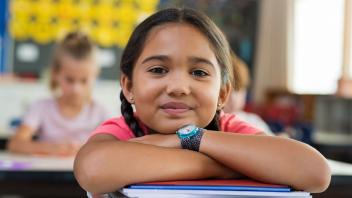I was lucky enough to spend a morning last week at an elementary school in New York City. I was there watching a choreographer prepare two classes of kindergartners for a field trip. The classes were going to watch an interpretive dance, and this artist was helping the students understand how dancers use their bodies to convey meaning.
The lesson moved along just as you might envision: some giggles, lots of bumping into each other, more giggles, and a few students unwilling to ‘walk with their knees.’
Then came the moment of the lesson that couldn’t be scripted. The teacher asked, “What’s a pause? Who can show me a pause?” Three students immediately broke out into applause. The adults in the room got it right away: The kids heard “applause,” not “pause.” Of course! That’s a much more familiar word for them. The teacher cleared up the confusion, described a pause, and then had them “pause” their movements to reinforce the concept.
An hour later, a different kindergarten class. Again, “What’s a pause? Who can show me a pause?” Immediately one little girl drew her hands up under her chin and pretended to be a cat. “Of course!” the teacher said. “Melynn is a cat — with paws! Everybody get your paws out!” The kids had great fun being cats, and then learning this new word: pause.
It was a perfect example of how carefully we need to consider what we’re saying, and what the kids are hearing. Thankfully this adept teacher honored the children’s thinking, and then moved right into what she was trying to convey.
I have my own clear memories of sharing an Amelia Bedelia book with my second graders, many of whom were second language learners. There’s nothing quite as humbling as having 14 blank faces staring at you as you say, “See, Amelia Bedelia put steaks on the ground instead of stakes!”
I promised the choreographer I’d get back to her with some teaching resources about this topic. Do you have any you’d like to share? I’ll add mine next week.

